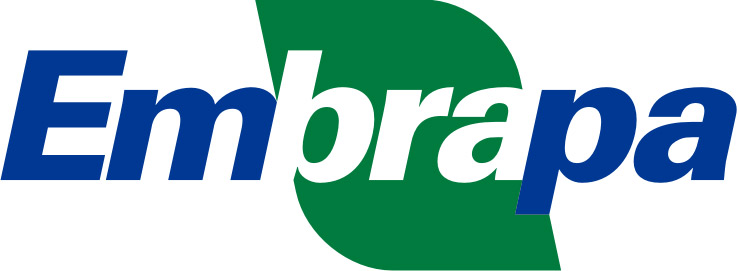Use este identificador para citar ou linkar para este item:
http://www.alice.cnptia.embrapa.br/alice/handle/doc/1137839| Título: | Effects of bulk tank milk, waste milk, and pasteurized waste milk on the intake, ruminal parameters, blood parameters, health, and performance of dairy calves. |
| Autoria: | VIEIRA, S. de F.  COELHO, S. G.   DINIZ NETO, H.   SÁ, H. C. M. de   PEREIRA, B. P.   ALBUQUERQUE, B. S. F.   MACHADO, F. S.   PEREIRA, L. G. R.   TOMICH, T. R.   RENHE, I. R. T.   CAMPOS, M. M.   |
| Afiliação: | SABRINA DE FREITAS VIEIRA, Universidade Federal de Minas Gerais; SANDRA GESTEIRA COELHO, Universidade Federal de Minas Gerais; HILTON DO CARMO DINIZ NETO, Universidade Federal de Minas Gerais; HEMILY CRISTINA MENEZES DE SÁ, Universidade Federal de Minas Gerais; BARBARA PIRONI PEREIRA; BIANCA SOUZA FERREIRA ALBUQUERQUE; FERNANDA SAMARINI MACHADO, CNPGL; LUIZ GUSTAVO RIBEIRO PEREIRA, CNPGL; THIERRY RIBEIRO TOMICH, CNPGL; ISIS RODRIGUES TOLEDO RENHE, Epamig; MARIANA MAGALHAES CAMPOS, CNPGL. |
| Ano de publicação: | 2021 |
| Referência: | Animals, v. 11, 3552, 2021. |
| Conteúdo: | The aim of this study was to evaluate the effects of bulk tank milk (BTM), WM, and PWM on the intake, ruminal parameters, blood parameters, health, and performance of dairy calves. Forty-five male crossbred dairy calves (Gyr × Holstein) were used. On their fourth day of age, animals were grouped according to body weight, serum protein levels, and genetic composition. Three treatments were assessed: BTM (n = 15), WM from cows in antibiotic treatment (n = 15), and PWM via high-temperature, short-time pasteurization (72?74 ◦C for 16 s) (n = 15). During the experimental period (from 4 to 60 d of age), animals were fed 6 L of milk/d, divided into two equal meals. Water and concentrate were provided ad libitum. Daily measurements were made for milk, concentrate, and water intakes, as well as for fecal and respiratory scores. Rumen fluid and blood were sampled weekly. The following parameters were evaluated: volatile fatty acids (VFAs), pH and ammonia-N in rumen fluid, and β-hydroxybutyrate (BHB) and glucose in blood. Animals were weighed at birth, 4 d of age, and weekly up to 60 d of age. At the end of the experimental period (60 ± 1 d), all animals were euthanized for pulmonary evaluation. The randomized complete design with an interaction between treatment and week was the experimental method of choice for testing the hypothesis of the treatment?s effect on all evaluated outcomes. Animals in the BTM treatment had higher milk dry matter intake (DMI), followed by WM and PWM calves. Concentrate DMI was lower for BTM in comparison to WM and PWM calves. However, total DMI showed no significant differences between treatments. The rumen fluid from calves receiving PWM had higher concentrations of acetate and propionate than that of BTM and WM animals. No differences were observed between treatments for blood glucose and BHB concentrations. Health parameters (fecal and respiratory scores) and pneumonia occurrence showed no significant difference between treatments. No differences were observed for average daily gain (ADG) or body growth. Feeding WM and PWM did not show significant negative effects on the intake, ruminal parameters, blood parameters, health, or performance of dairy calves. |
| Thesagro: | Pasteurização Gado Leiteiro Ácido Graxo Ganho de Peso |
| Digital Object Identifier: | https://doi.org/10.3390/ani11123552 |
| Tipo do material: | Artigo de periódico |
| Acesso: | openAccess |
| Aparece nas coleções: | Artigo em periódico indexado (CNPGL)  |
Arquivos associados a este item:
| Arquivo | Descrição | Tamanho | Formato | |
|---|---|---|---|---|
| Effects-bulk.pdf | 668,41 kB | Adobe PDF |  Visualizar/Abrir |









